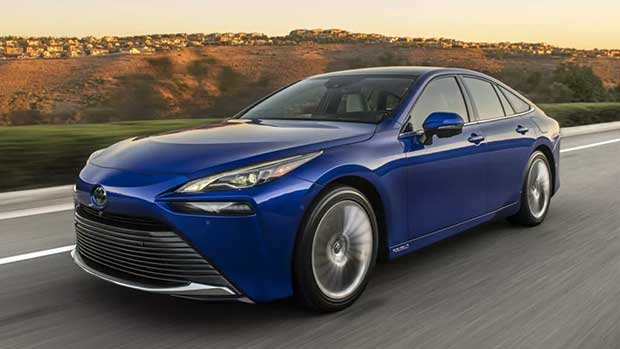
Toyota plans to launch its next-generation electric vehicles in 2026. But Koji Sato, the incoming CEO, says they’ll not abandon hydrogen. He’ll continue to embrace hydrogen as an alternative fuel source.
Toyota states that its next-generation fuel cell technology will be 50% cheaper as a result of technological progress, volume efficiency, and localization.
High prices and a lack of hydrogen refueling infrastructure continue to hinder the rollout of fuel cell vehicles. However, Toyota intends to address both issues to make hydrogen-powered vehicles more viable.
The innovative next-generation fuel cells that Toyota hopes to introduce in 2026 will provide industry-leading performance for commercial use, long life, low cost, as well as low fuel consumption.
Toyota is also pursuing easier maintenance requirements compared to traditional diesel-engine vehicles. It anticipates that the cost of the fuel cell stack will be reduced by 50% compared to existing models. In addition, Toyota plans to increase the cruising range by 20%.
According to Toyota, the improvements are attributed to factors like a lower number of cells and a 130% increase in electrode power density.
If the automaker manages to sell 200,000 units by the year 2030, it’ll reduce costs by 50% and still generate a solid profit.
Concerning cost reduction, Toyota intends to standardize tanks for large commercial vehicles, which are expected to consume large volumes of hydrogen fuel.
The goal is to reduce manufacturing expenses by 25% by unifying the tank standards of American, Japanese, and European companies and consolidating their quantities.
Toyota also plans to implement the concept of multi-hydrogen tanks. They plan to develop hydrogen fuel tanks that are not only easy to install, but also compatible with different vehicle types and sizes. This will allow vehicles to use several relatively small hydrogen fuel tanks.
Most notably, this will create room for scalability because it’ll be possible for larger vehicles to use more tanks, while smaller vehicles will use fewer tanks. This will lead to significant savings because it’ll be possible to use one tank size in several vehicles and pieces of equipment.
Toyota also seeks to boost hydrogen production to make FCVs more feasible. To make this a reality, they’ve built a new water electrolyzer that creates hydrogen by electrolyzing water.
Furthermore, by the end of 2023, Toyota plans to manufacture hydrogen using biogas obtained from local chicken manure and Thai food waste.
While Toyota continues to bet on fuel cells, the corporation acknowledges that the price of hydrogen is still very high. Consequently, Toyota will continue to collaborate with various partners to produce, transport, and use hydrogen.
Toyota plans to launch a new entity called “Hydrogen Factory” in July. The company hopes to consolidate its efforts and even streamline the decision-making process. This is because there’ll be one leader for everything from sales to development and production.
While FCVs have taken a back seat to battery electric vehicles, Toyota predicts a significant increase in demand between 2025 and 2030. China, Europe, and North America are likely to be the largest markets, with the fuel cell industry expected to reach ¥5 trillion ($36 / £28 / €33 billion) annually, according to Toyota.
Citation
Comments are closed here.